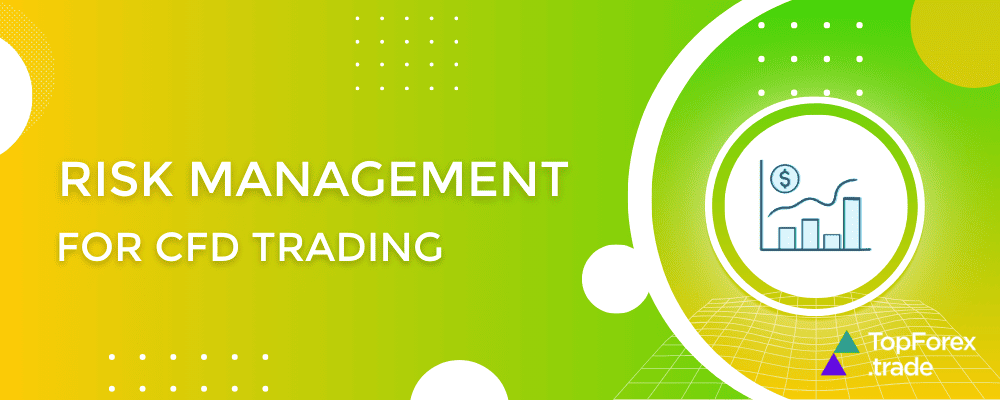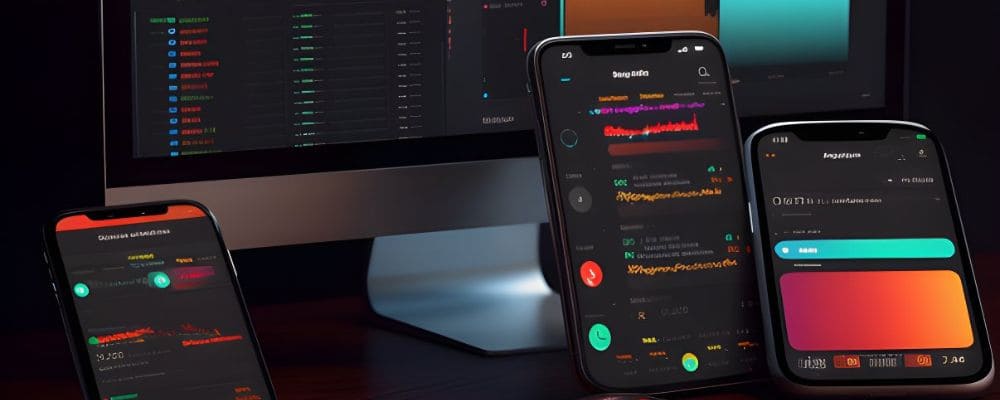Key risk management techniques for CFD traders

CFD (Contract for Difference) trading offers opportunities to profit from market movements without owning the underlying assets. However, the leverage and volatility inherent in CFD trading make risk management essential. Traders who neglect risk management often face significant losses.
So in this post, let’s explore key techniques to help you trade CFDs responsibly and sustainably!
Understand your risk appetite
Every trader has a different risk tolerance based on their financial situation, experience, and goals. Assessing your risk appetite is the first step in creating a sound trading strategy. Ask yourself: *How much can I afford to lose?* and *What level of risk am I comfortable taking?* Your answers will guide your position sizing and overall approach to trading.
Use Stop-Loss and Take-Profit orders
Stop-loss and take-profit orders are critical tools for managing losses and locking in profits. A stop-loss order automatically closes your position when the price moves against you by a predetermined amount, limiting your potential loss. Similarly, a take-profit order ensures you exit a trade once your target profit is achieved.
For example, if you’re trading a CFD on a stock priced at $100, you might set a stop-loss at $95 and a take-profit at $110, protecting your downside while securing potential gains.
Manage leverage wisely
CFD trading is highly leveraged, allowing traders to control large positions with relatively small capital. While this amplifies profits, it also magnifies losses. Always choose a leverage ratio that aligns with your risk tolerance. Beginners should start with lower leverage until they gain experience and confidence.
Diversify your trades
Avoid putting all your capital into a single trade or market. Diversifying across different assets and sectors can reduce the impact of adverse price movements in any one position. For instance, if you trade CFDs on stocks, indices, and commodities, losses in one market might be offset by gains in another.
Position sizing and risk-reward ratios
Determine the size of each trade based on how much you’re willing to risk. A general rule of thumb is to risk no more than 1-2% of your trading capital on a single trade. Additionally, always consider the risk-reward ratio. A ratio of 1:3, for example, means you’re risking $1 to potentially gain $3. This ensures that you remain profitable even if only a fraction of your trades are successful.
Keep emotions in check
Trading is as much a mental game as it is a technical one. Fear and greed often lead to impulsive decisions, such as holding onto losing positions or overtrading after a profit. Stick to a well-defined trading plan and consider keeping a trading journal to reflect on and refine your strategies.
Stay updated with market news
Economic events, geopolitical developments, and corporate announcements can cause significant market fluctuations. Stay informed using reliable financial news sources and economic calendars to anticipate and prepare for potential market risks.
Regularly review and adjust your strategies
Markets evolve, and so should your trading strategies. Regularly review your trades to identify patterns and areas for improvement. Adjust your approach as needed to adapt to changing market conditions and personal trading goals.
Best CFD brokers for trading: 2025 list

Risk management is the cornerstone of successful CFD trading. By understanding your risk appetite, using tools like stop-loss orders, managing leverage, and maintaining discipline, you can navigate the complexities of CFD trading with greater confidence. Remember, the goal is not just to make profits but to protect your capital over the long term.
Effective risk management in CFD trading starts with selecting a broker that aligns with your needs. Each broker offers unique features and tools to enhance your trading experience. Here’s why trading with brokers like Plus500, HF Markets, XTB, Naga Markets, and Exness can benefit CFD traders:
Plus500 CFD trading
Plus500 is renowned for its user-friendly trading platform, making it an excellent choice for beginners and seasoned traders alike. Its robust risk management tools, such as guaranteed stop-loss orders, empower traders to limit potential losses. Plus500 also offers a wide range of CFDs, from indices to cryptocurrencies, allowing traders to diversify their portfolios effortlessly.
HF Markets (HotForex) trading
HF Markets stands out for its competitive spreads and versatile account types, catering to both retail and professional traders. The broker’s comprehensive suite of trading tools includes negative balance protection, ensuring you never lose more than your deposited funds. For traders looking to improve their strategies, HF Markets provides educational resources and market analysis.
XTB trading experience
XTB is a well-established broker celebrated for its award-winning trading platform, xStation. This platform offers advanced charting tools, one-click trading, and real-time market data, all of which are invaluable for CFD traders managing risk effectively. XTB also emphasizes client education, offering tutorials and webinars to help traders make informed decisions.
NAGA Markets Social trading
NAGA Markets is ideal for traders interested in social trading. Its innovative platform allows you to follow and copy the strategies of successful traders, reducing the learning curve for beginners. Naga also supports a diverse range of CFDs, including stocks, indices, and forex, providing ample opportunities to diversify and manage risks.
Exness CFD trading
Exness is a highly regarded broker known for its lightning-fast order execution and flexible leverage options. The broker offers a transparent fee structure and an extensive range of CFD instruments, making it appealing to both high-frequency traders and those managing smaller portfolios. Exness also provides 24/7 customer support, ensuring traders get the help they need promptly.
Top risk management strategies every CFD trader must know - FAQ